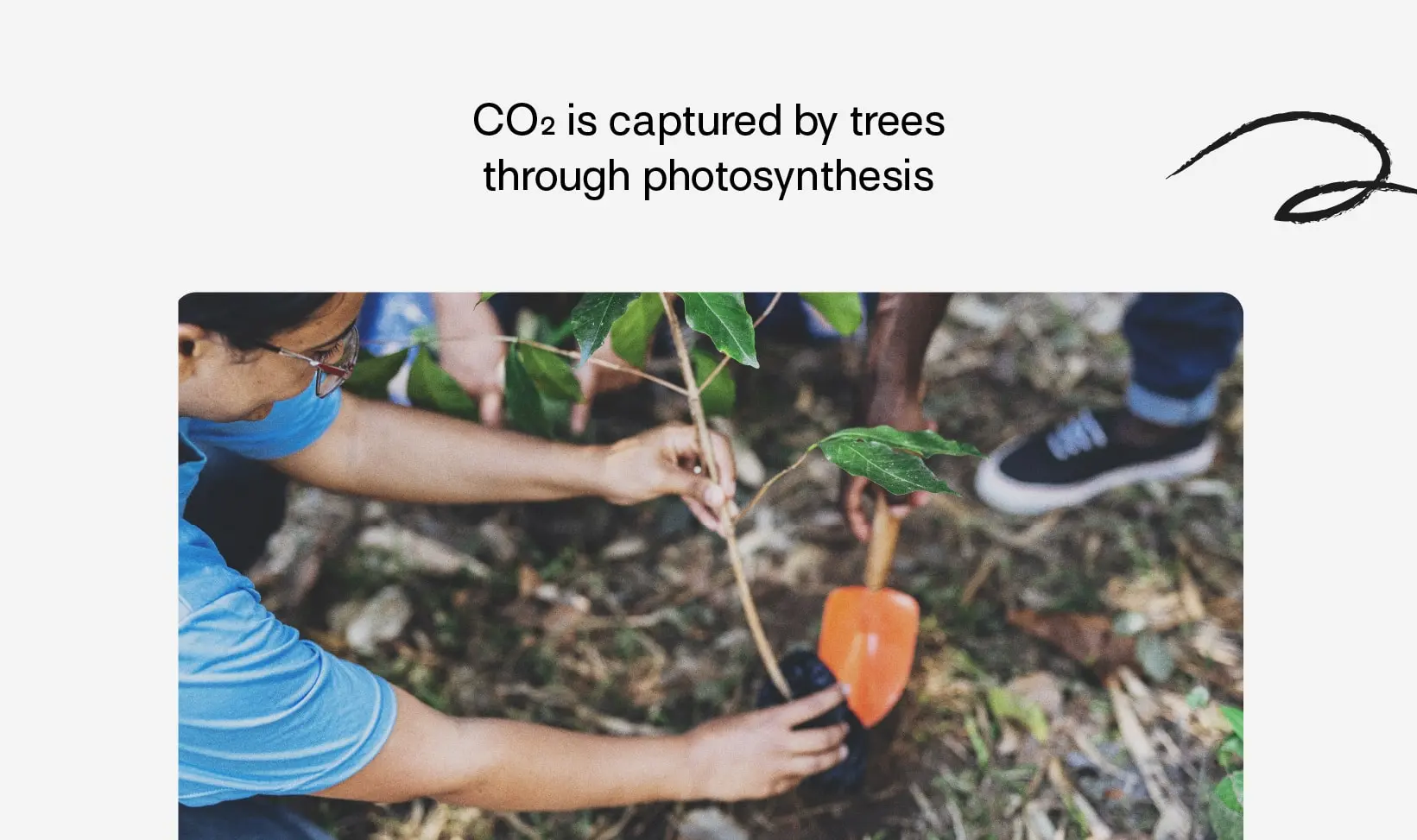Overview
Nature-based solutions (NBS) provide an immediate and proven way to remove carbon, with carbon credits available through the voluntary carbon market (VCM). While NBS projects, like tree planting and agroforestry, typically have lower carbon permanence compared to engineered solutions, they offer an affordable, short-term option as we await the scale-up of more permanent carbon removal technologies.
To enhance transparency and trust in NBS removals, Supercritical has developed subcategories for different project types: blue carbon and mangrove restoration; native reforestation; and — our primary focus — community agroforestry. Community agroforestry projects partner with smallholder farmers to integrate tree planting with agriculture, sequestering carbon while improving crop resilience and supporting local communities.
Community agroforestry projects offer high-integrity, measurable carbon removal backed by advanced monitoring and verification technologies. They also offer co-benefits like biodiversity protection, food security, and job creation, making them an ideal entry point for buyers seeking credible carbon removal solutions.













